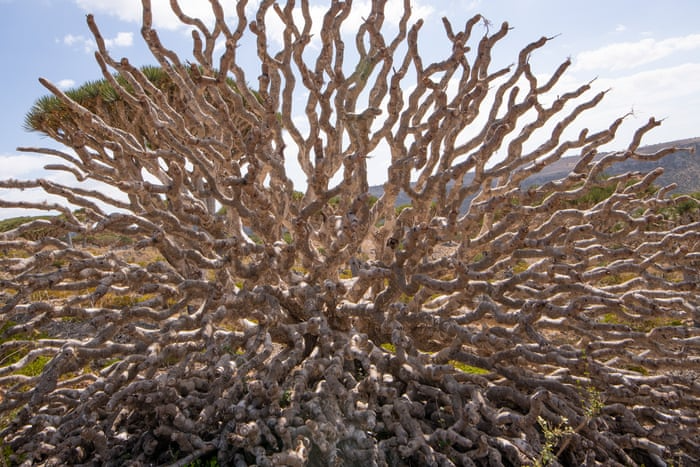The Dragon Blood Tree (Dracaena cinnabari), native to Socotra Island in Yemen, is famous for its umbrella-like shape and crimson resin, known as “dragon’s blood.”
According to legend, the tree sprouted from the blood of Cain and Abel.

This unique tree has adapted to arid environments, providing shade to its seedlings.
It faces threats from overgrazing, logging, and climate change, which may reduce its habitat by 45% by 2080. The resin is still used in rituals, medicine, and dye.
Historical and Cultural Significance
The red resin of the Dragon Blood Tree has been a key element in ancient remedies and rituals.
For centuries, societies have relied on this sap for its medicinal properties—primarily used to heal wounds and cure diseases.

Additionally, it was widely used as a pigment in ancient artwork and as incense in rituals.
In mythology, the tree’s origin is deeply tied to biblical lore, believed to have grown from the blood spilled during Cain and Abel’s fateful confrontation, symbolizing life, death, and healing.

Ecological Importance
Besides its cultural impact, the Dragon Blood Tree plays a critical role in its ecosystem.
Growing in the harsh, arid environment of Socotra, it has evolved to conserve water, storing moisture in its trunk and producing broad canopies to shield the ground from evaporation.

This allows the tree to survive long dry spells, while its shade also protects young saplings from the intense sun. Its unique ability to flourish in such conditions makes it a pillar of the ecosystem, supporting various flora and fauna on the island.









